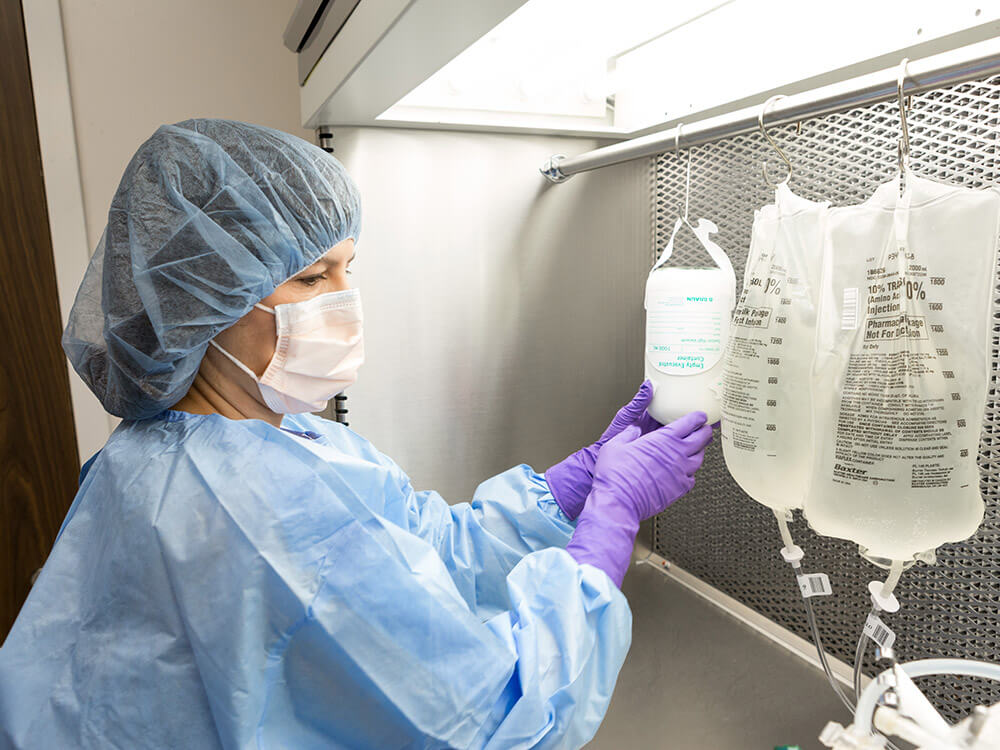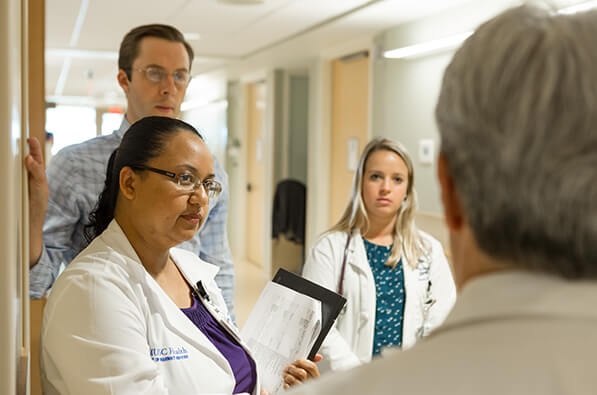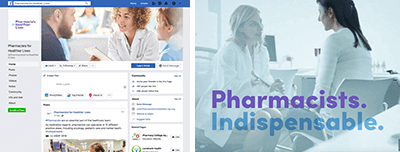The recently launched
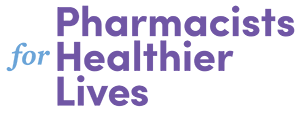 campaign will promote the message that pharmacists are fully qualified, capable and willing to positively impact patients’ health.
campaign will promote the message that pharmacists are fully qualified, capable and willing to positively impact patients’ health.
Pharmacists are on the patient’s side. They are accessible, knowledgeable and highly educated. They are there to ensure the best solutions and they are a critical part of the healthcare team. These are some of the key messages that AACP hopes to spread with the Pharmacists for Healthier Lives campaign, which launched last month. The campaign’s main objectives are to increase awareness and understanding of the pharmacy profession among the general population and to increase positive attitudes toward pharmacy.
“Throughout my entire career, what’s been so obvious is that pharmacists’ actual contributions to patients and the healthcare system are so hard to communicate effectively,” said AACP Executive Vice President and CEO Dr. Lucinda L. Maine. The multiyear campaign grew out of a realization that the story of what pharmacists do wasn’t being conveyed clearly to the American public. “As we were putting together AACP’s 2016 Strategic Plan, what was clear is that we have a pipeline problem. We had already begun to do better targeted messaging to students in middle and high school. We recognized that even in doing that, the general public needed to have a better grasp of what a graduate is capable of doing and where they are doing it. Most people just think of the pharmacy in the corner of a big box store. There is so much more to the story.”
The campaign dovetails with AACP’s Strategic Priority #2: creating a new portrait of pharmacists and pharmacy careers. Specifically, the strategic plan states that “AACP, in collaboration with stakeholders, will raise the profile of pharmacy as an essential healthcare profession. We will achieve recognition for pharmacists as trusted and highly accessible healthcare professionals in both traditional and new settings. And we will increase awareness of the quality and scientific rigor of pharmacy education and training.”
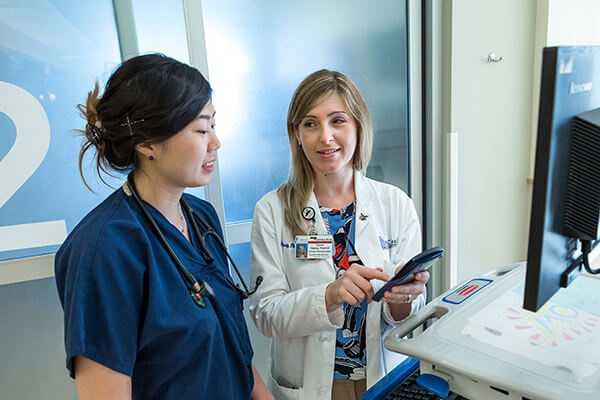
AACP worked with the Joint Commission of Pharmacy Practitioners to identify partners, including national pharmacy organizations as well as state associations and large companies. “This is not AACP’s campaign alone,” Maine emphasized. “We are certainly willing to assume the responsibility as a lead contributor financially and as the lead coordinating organization. Five other national pharmacy organizations are working with us. We are trying to be really true to this as pharmacy’s campaign.” The National Alliance of State Pharmacy Associations (NASPA) is one of those partners, and they are enthusiastic about what the campaign can accomplish. “I think the enhanced awareness that a campaign like this could bring is going to be critical. I believe that the state pharmacy associations are supportive. Many have said that they want their organizations to be a part of it in as large a way as possible,” said NASPA CEO Becky Snead.
Maine added, “Excitement from our members gets generated in just acknowledging that pharmacy is finally going to have a public-facing campaign and that we’re cultivating corporate partners, and individual pharmacists will have an opportunity to be spokespeople to get the message out to the consumer. We want to address the fact that pharmacists truly are the medication use experts. They care. They’re highly accessible. Pharmacists receive an amazing education. They are an important part of the healthcare team.”
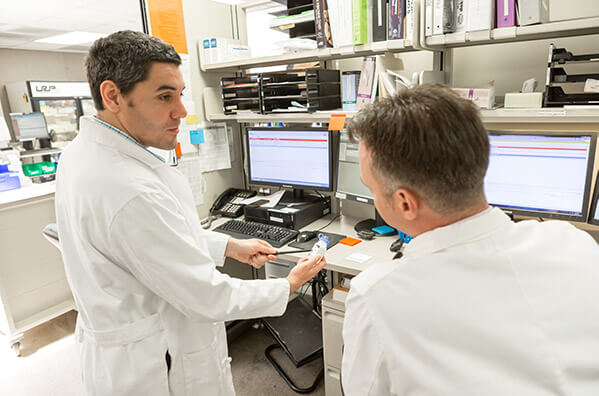
One segment of the population that the campaign is specifically targeting is women ages 35–55, many of whom have children and are also helping their own parents navigate their older years and chronic illnesses. “These are the people that need to know the most about medication management and the role of the pharmacist and what it can mean to them personally,” Maine pointed out. These women can also be in a position to influence a child’s thinking about his or her education, which ties back to AACP’s Strategic Priority #1: enriching the applicant pipeline. Other audiences Maine hopes the campaign will reach include caregivers ages 45–65 as well as healthcare providers, especially physicians. “We know that if physicians encourage patients to access pharmacists, they are much more likely to find that to be a credible next step to take.”
Finally, the campaign is also aimed at pharmacists themselves. Research conducted prior to the campaign launch found that a sizable portion (33%) of the general public had an extremely favorable perception of pharmacists. Maine noted that pharmacists and student pharmacists were asked what they thought that number would be. Pharmacists weren’t so far off the mark, she said, but student pharmacists were way off, thinking the number was much lower. “We have an opportunity to correct that perception,” Maine said. “Student pharmacists need to correctly appreciate that they are held in high regard.”

